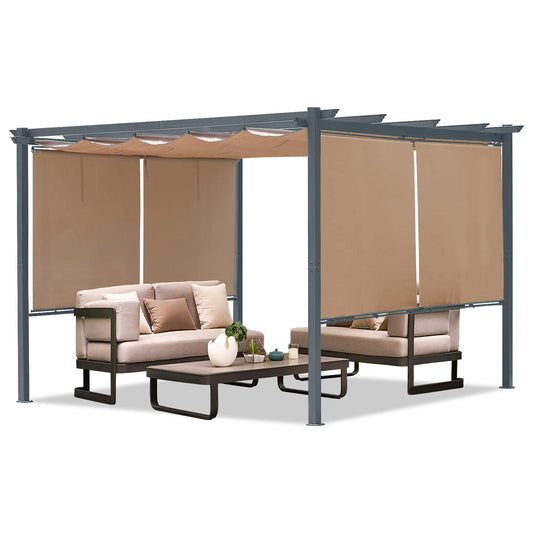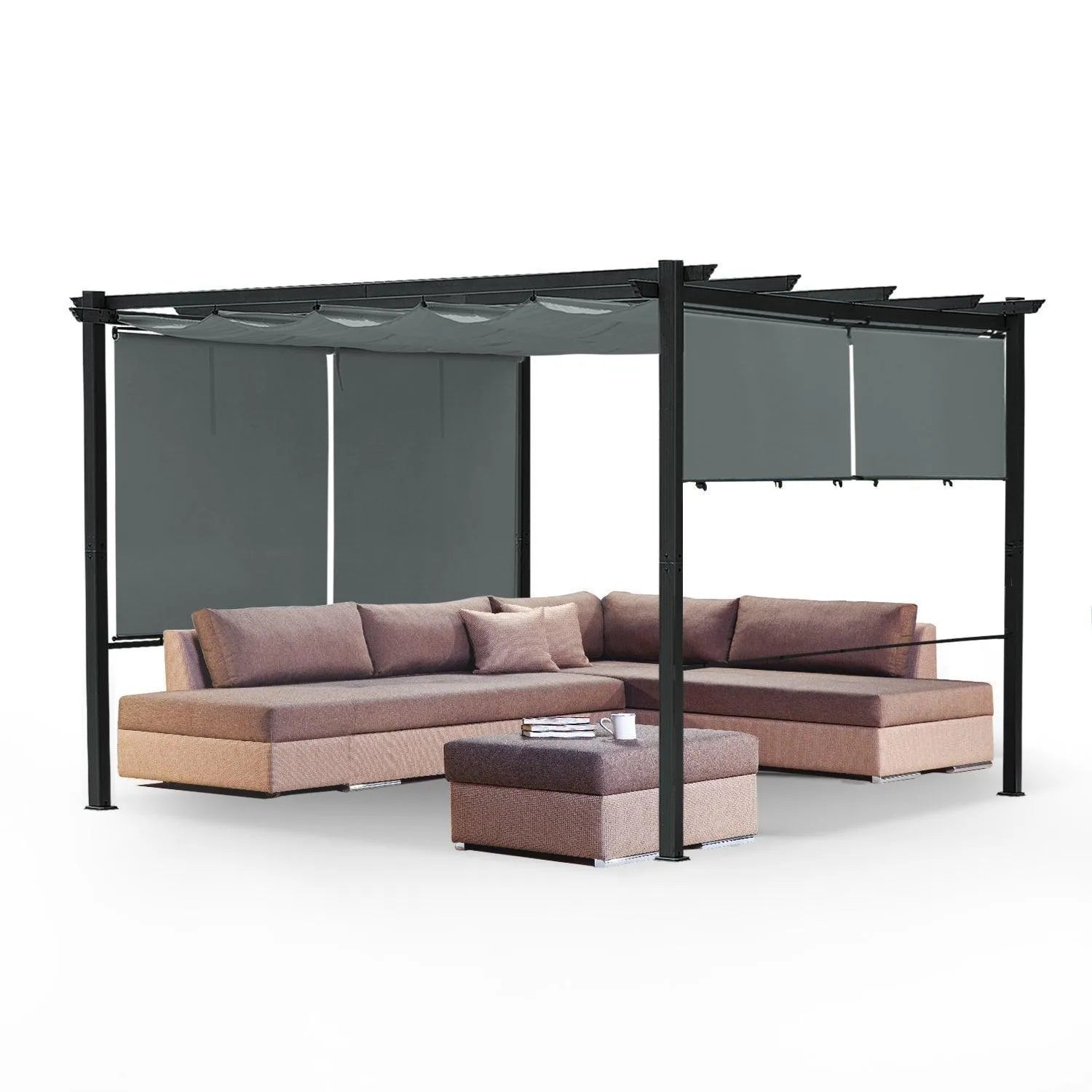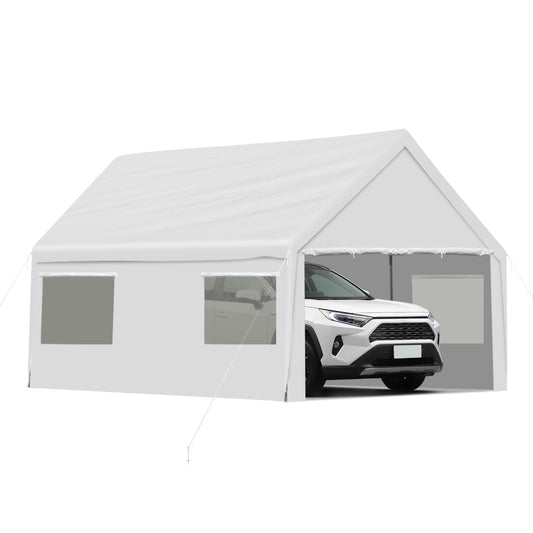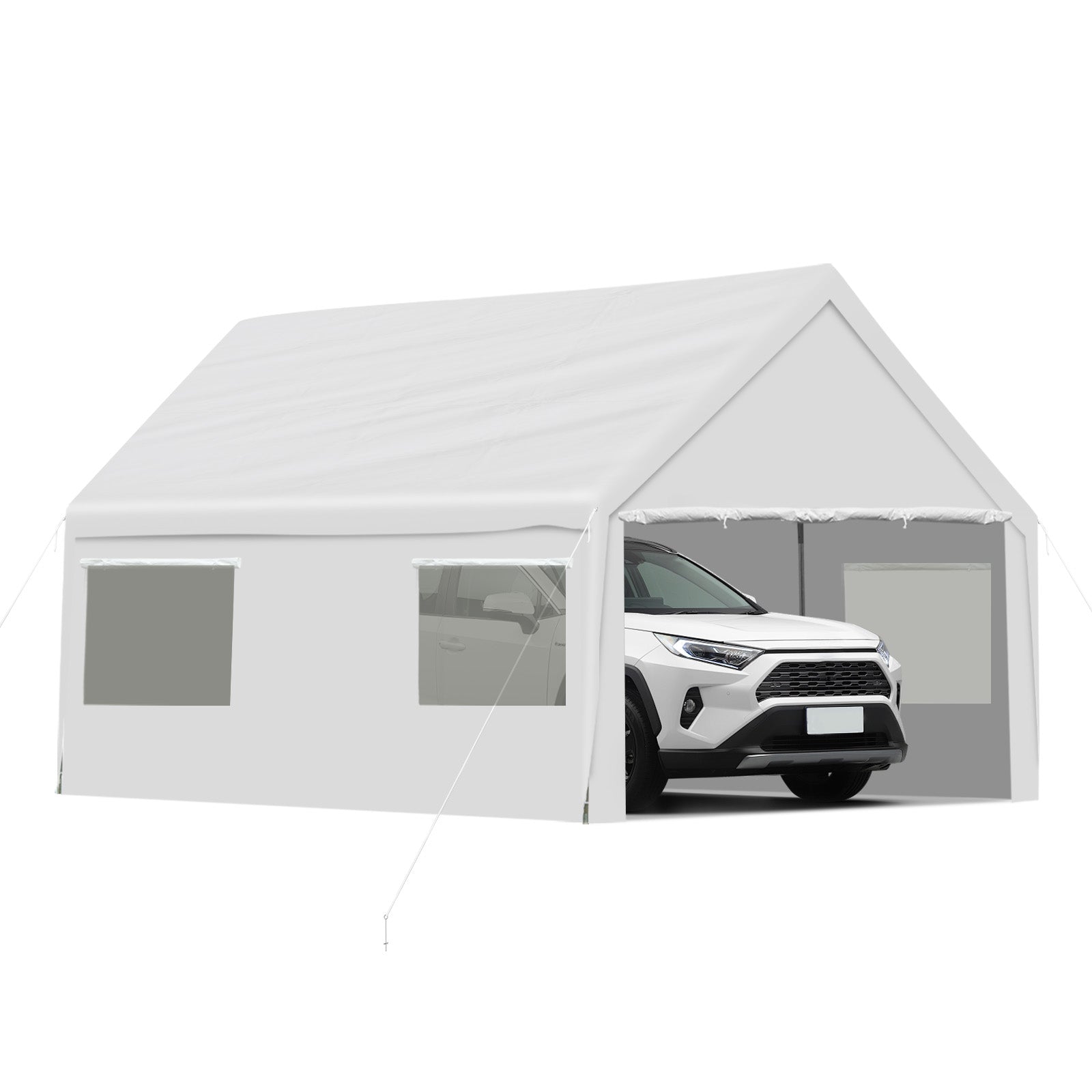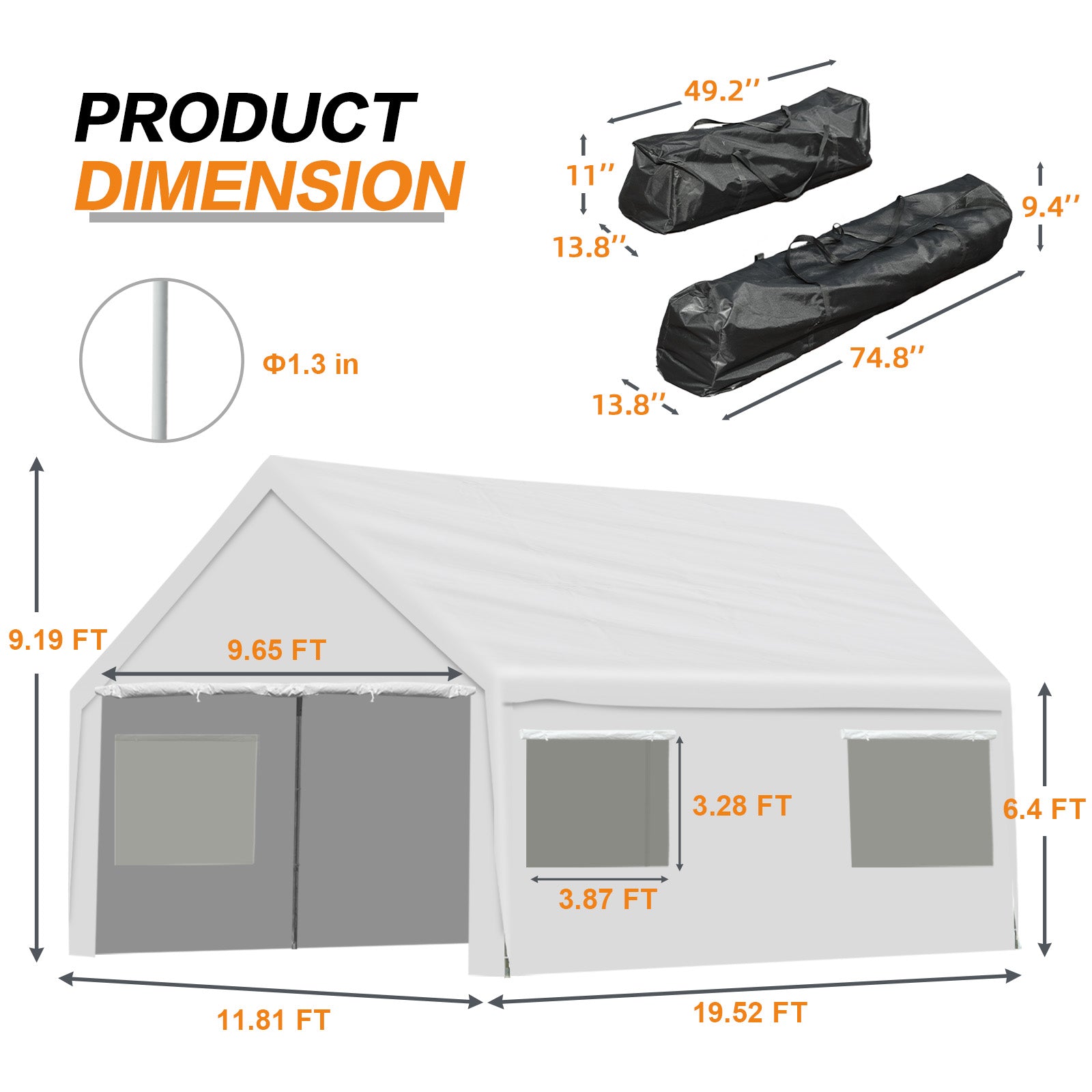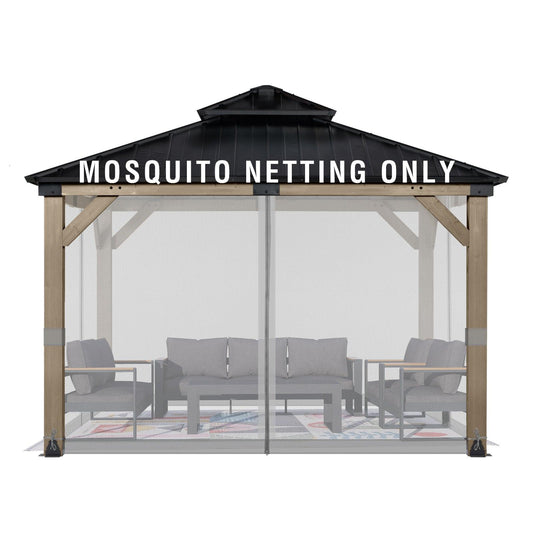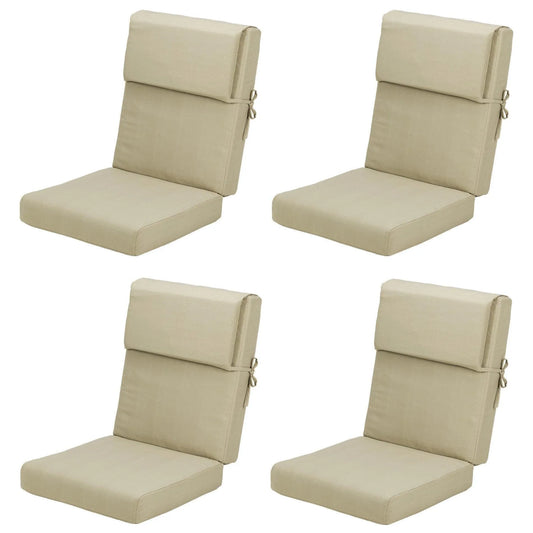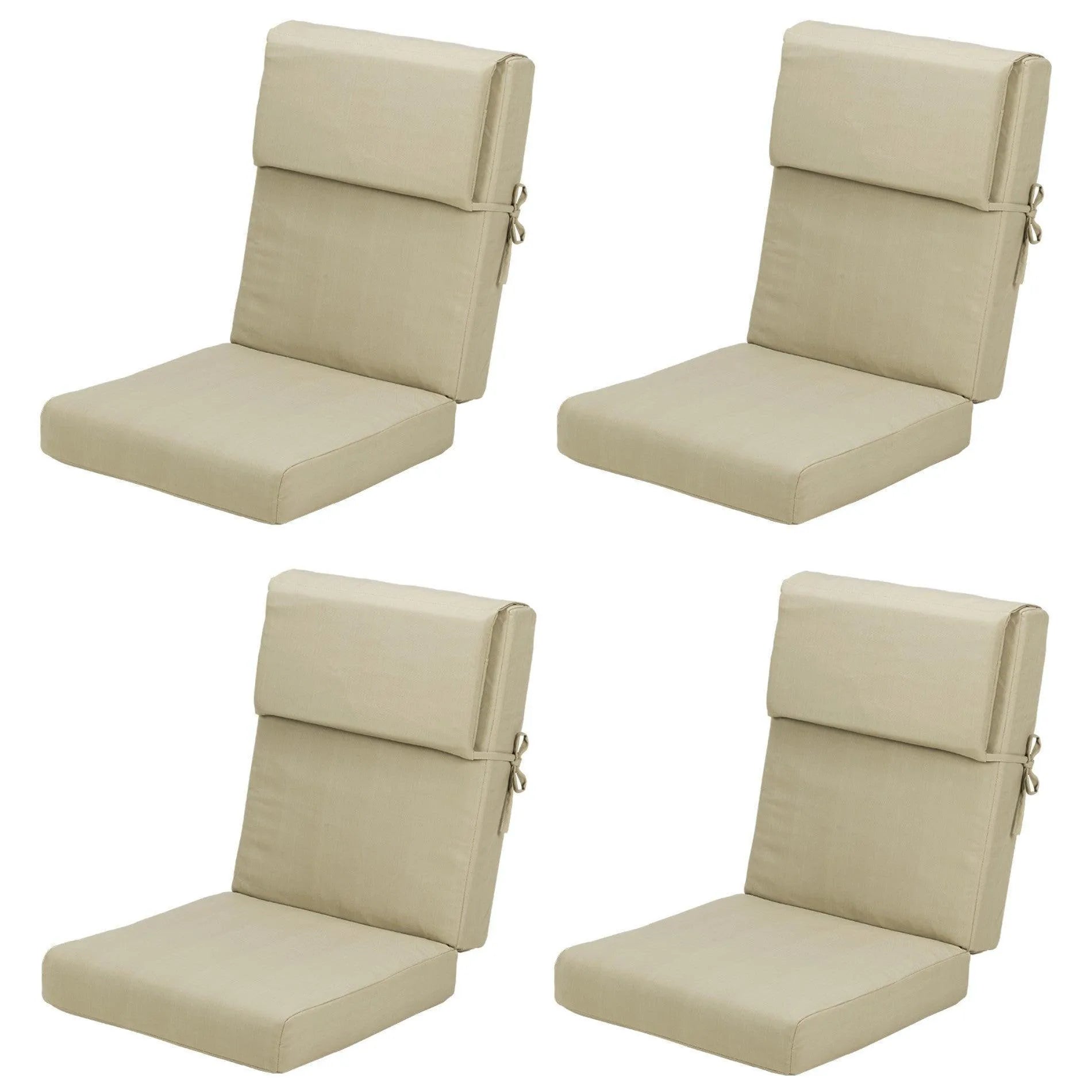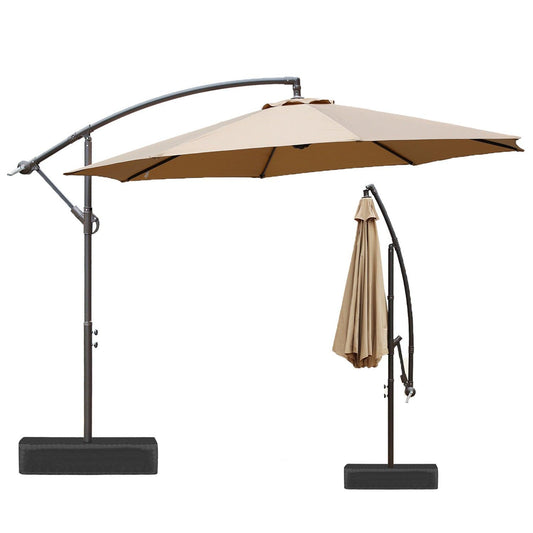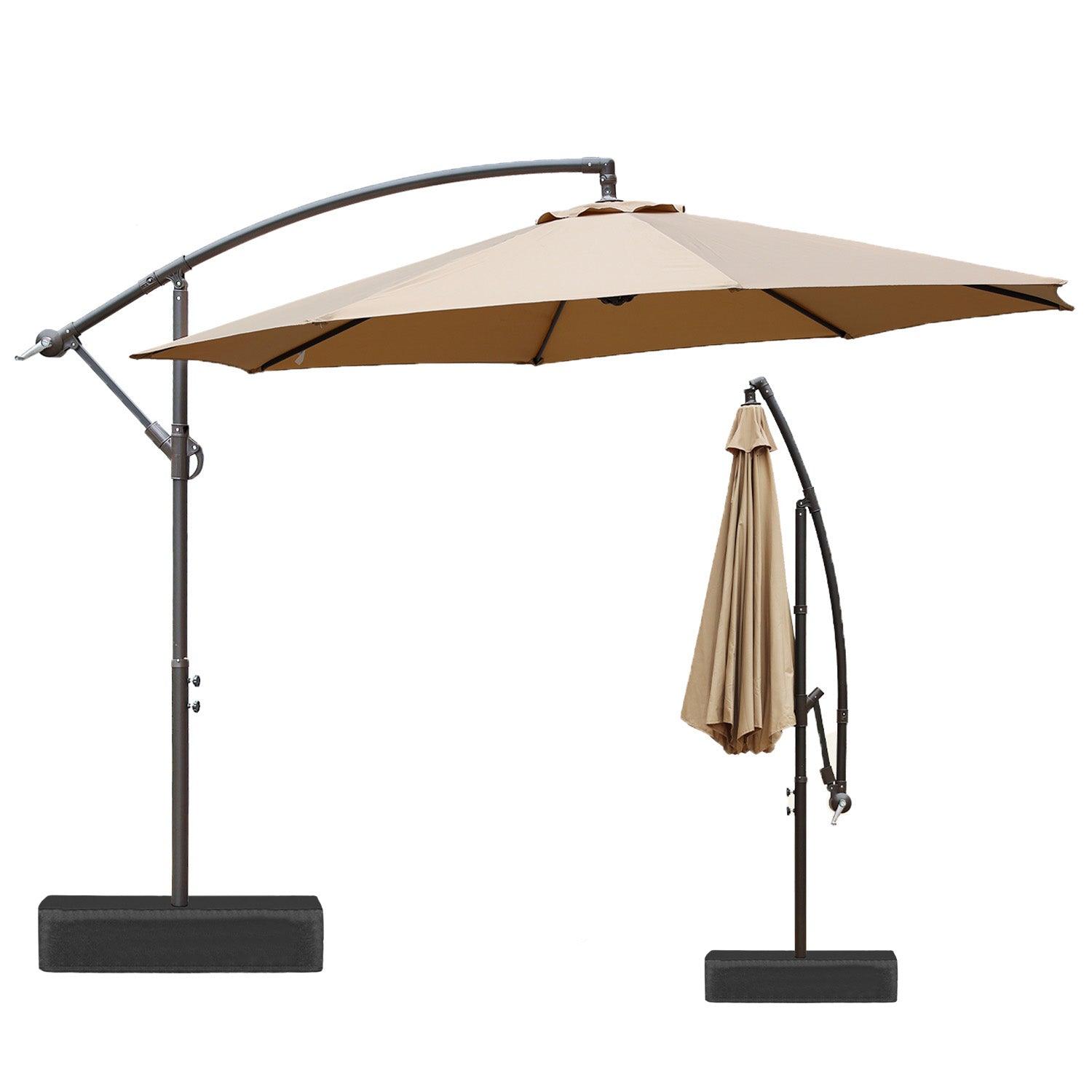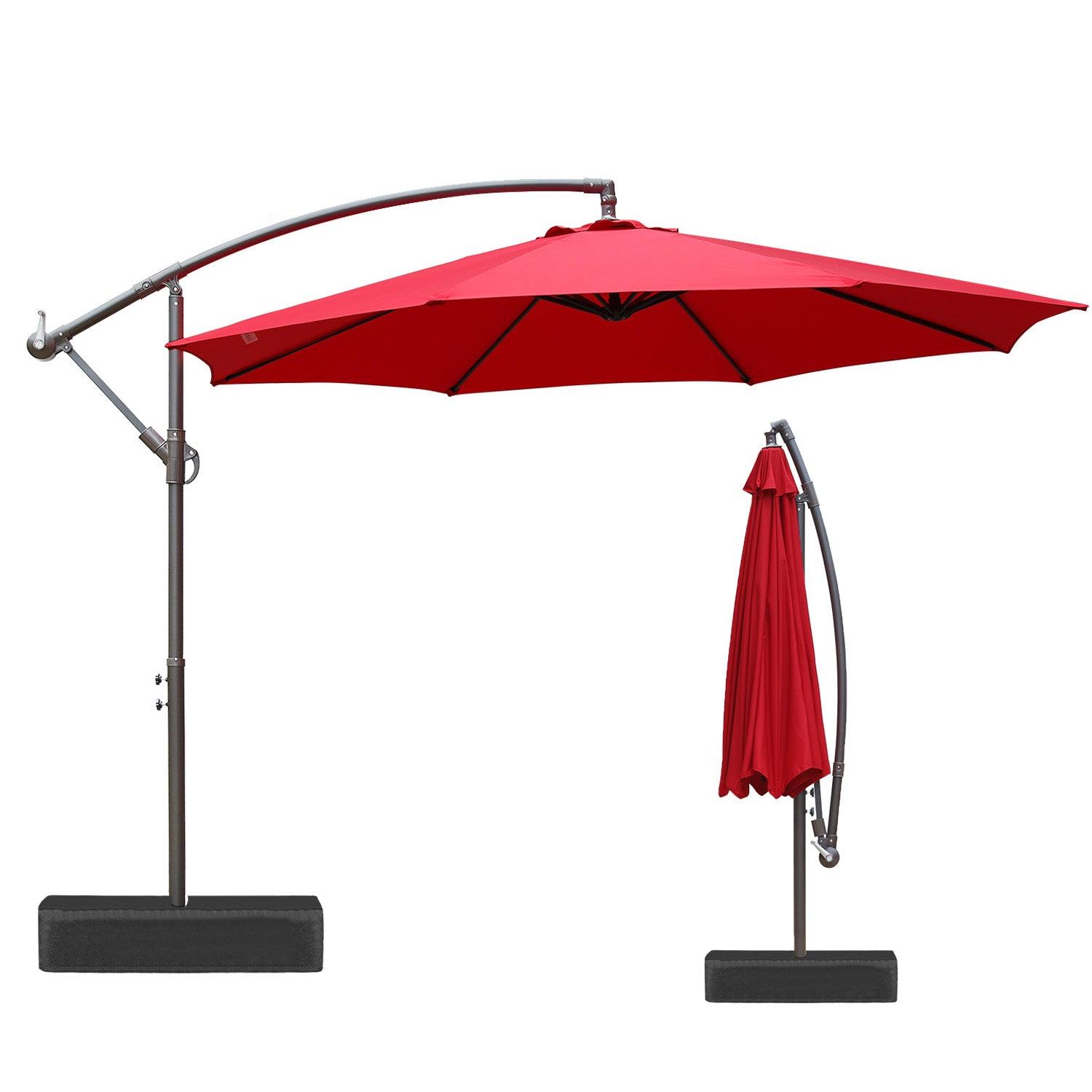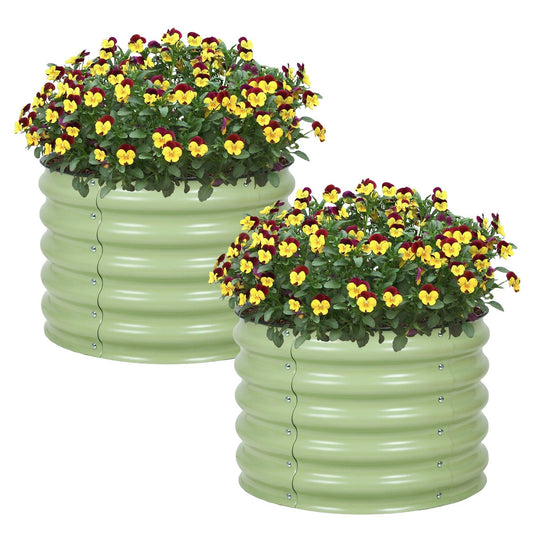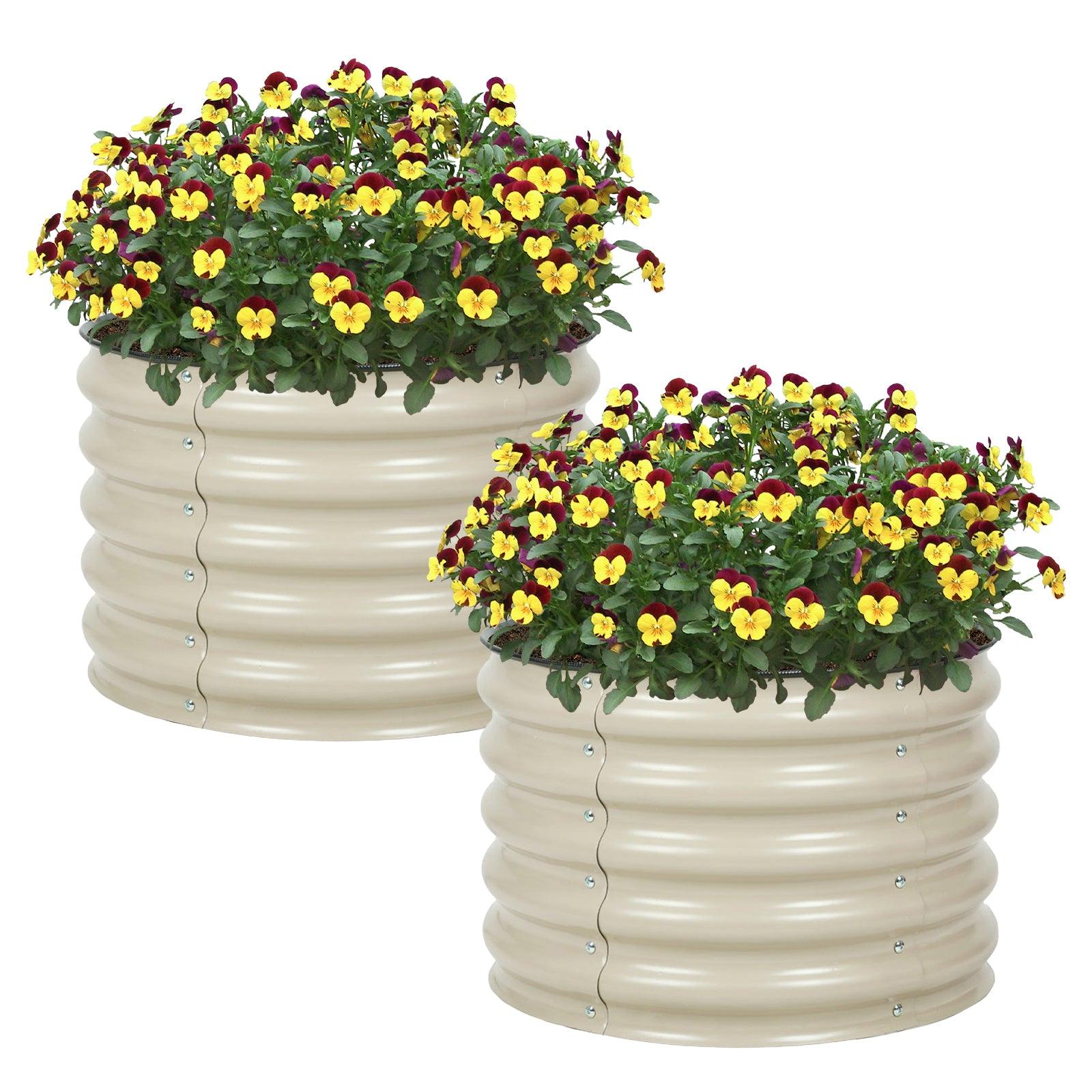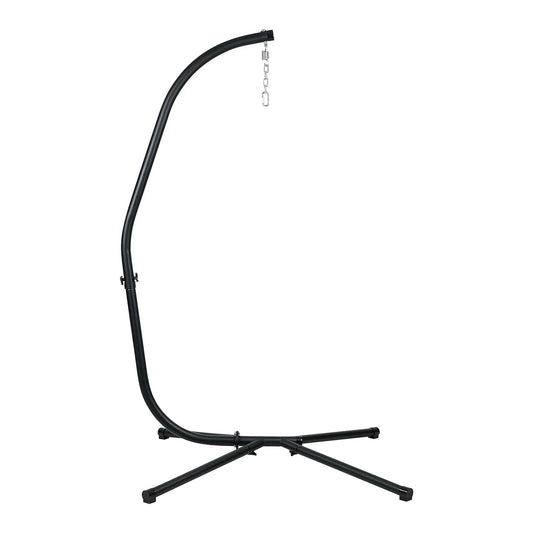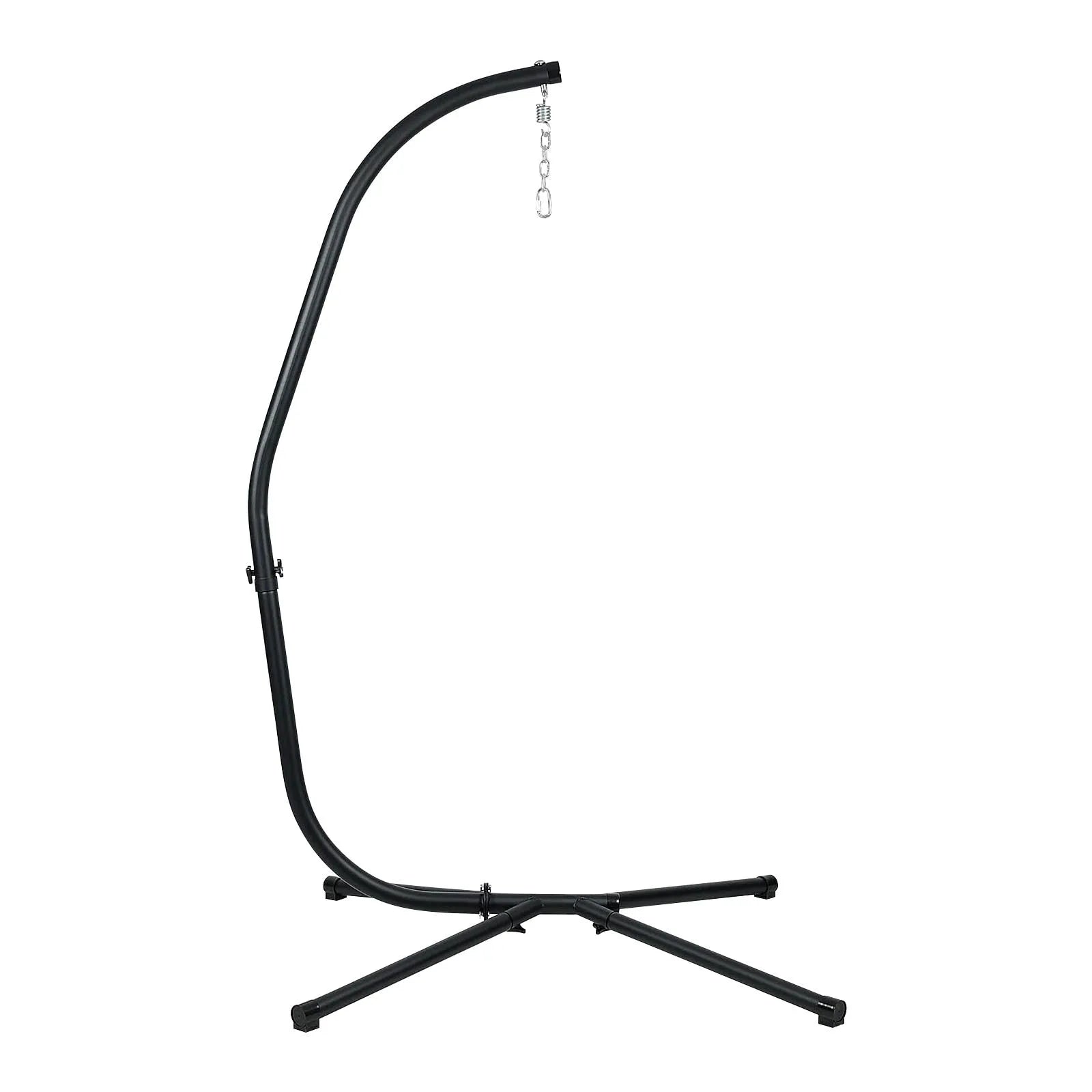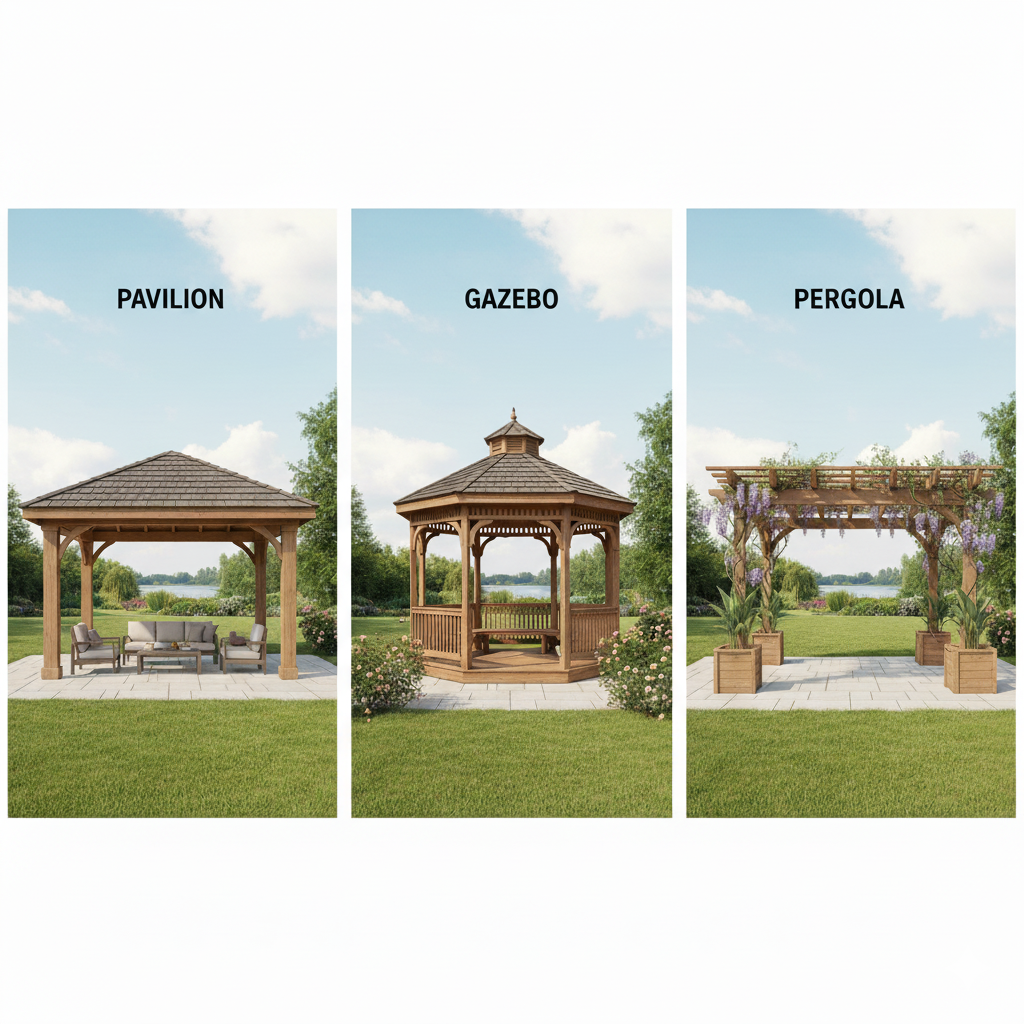Key Takeaways
- Pavilions offer maximum space and weather protection for large family gatherings
- Gazebos provide intimate, enclosed outdoor rooms perfect for relaxation
- Pergolas deliver affordable style and partial shade with climbing plant support
- Choose based on your space size, budget, and intended use
- All three add significant value and charm to American backyards
Introduction
Transform your backyard into an outdoor paradise with the right structure! Choosing between a pavilion, gazebo, and pergola can dramatically impact your family's enjoyment, functionality, and the overall aesthetics of your outdoor space. Each structure offers unique benefits—from weather protection to entertaining capabilities. At Aoodor Shop, we help American families select the perfect outdoor structure that matches their lifestyle, space, and budget. Understanding the key differences between pavilion vs gazebo vs pergola ensures you make the best investment for your backyard sanctuary.
What is a Pavilion?
Definition and Structural Features
A pavilion is a large, open-sided outdoor structure featuring a solid roof designed for maximum coverage and weather protection. Unlike other outdoor structures, pavilions prioritize spaciousness with sturdy posts supporting a complete roof system. These impressive structures typically range from 12x12 feet to 20x30 feet or larger, making them ideal for substantial outdoor entertaining areas.
Key structural elements include heavy-duty posts, solid roofing materials (metal, shingles, or tiles), and open sides that promote airflow while providing overhead protection. The solid roof construction sets pavilions apart from pergolas and makes them more weatherproof than traditional gazebos.

Common Uses and Ideal Settings
Pavilions excel in scenarios requiring large covered spaces for extended outdoor activities. They're perfect for:
- Pool areas: Providing shade and gathering space near swimming pools
- Large family gatherings: Accommodating multiple tables and seating areas
- Outdoor dining: Creating restaurant-style covered dining experiences
- Event hosting: Wedding receptions, birthday parties, and community gatherings
- All-weather outdoor rooms: Year-round usability regardless of weather conditions
Pros and Cons
Advantages:
- Maximum weather protection from rain, sun, and wind
- Largest usable space for entertaining and activities
- Excellent long-term value for frequent outdoor use
- Can accommodate outdoor kitchens and permanent fixtures
Disadvantages:
- Highest cost among the three structure types
- Requires more yard space and may overwhelm smaller properties
- More complex installation and potential permit requirements
- Can create a more formal, less intimate atmosphere
What is a Gazebo?
Definition and Distinguishing Characteristics
A gazebo is a freestanding outdoor structure featuring a solid roof and often partially or fully enclosed sides. Distinguished by their traditional aesthetic appeal, gazebos typically showcase octagonal, hexagonal, or circular designs that create an elegant focal point in any landscape. Unlike pavilions, gazebos emphasize intimate spaces and architectural beauty over maximum coverage area.
Most gazebos include built-in seating, decorative railings, and sometimes screened walls for additional privacy and insect protection. Their compact, structured design makes them perfect outdoor rooms for smaller gatherings and personal retreats.

Popular Shapes and Design Styles
Traditional gazebo designs include:
- Octagonal gazebos: Classic eight-sided designs offering excellent views in all directions
- Round gazebos: Flowing circular structures that promote conversation and intimacy
- Square gazebos: Contemporary designs that maximize interior space efficiency
- Victorian-style gazebos: Ornate designs with decorative trim and traditional charm
Each style can incorporate various materials from classic wood to modern vinyl and aluminum options, allowing customization to match your home's architecture.
Uses and Benefits
Gazebos create perfect intimate outdoor spaces for:
- Quiet retreats: Reading nooks and meditation spaces away from household activity
- Small gatherings: Intimate dinner parties and family conversations
- Garden focal points: Stunning centerpieces that enhance landscape design
- Screened protection: Bug-free outdoor enjoyment during summer evenings
- Weather shelter: Comfortable outdoor space during light rain or intense sun
Pros and Cons
Advantages:
- Complete weather protection with enclosed design options
- Intimate, cozy atmosphere perfect for relaxation
- Beautiful architectural focal point enhancing property value
- Screened options provide insect protection
Disadvantages:
- Limited space compared to pavilions and some pergolas
- Can retain heat during summer months due to enclosed design
- Higher maintenance requirements for decorative elements
- May feel confining for those preferring open outdoor spaces
What is a Pergola?
Description and Defining Features
A pergola features an open lattice or beam roof structure supported by posts, creating partial shade while maintaining an airy, open feeling. Unlike pavilions and gazebos with solid roofs, pergolas embrace the concept of filtered sunlight and natural ventilation. These versatile structures can be freestanding or attached to homes, making them incredibly adaptable to various yard configurations.
The signature open-roof design allows climbing plants to integrate naturally, creating living canopies that change with seasons. Pergola dimensions typically range from compact (8x10 feet) to expansive (16x20 feet), offering flexibility for different space requirements and budgets.

Decorative and Functional Uses
Pergolas serve multiple purposes in outdoor design:
- Garden enhancement: Supporting climbing roses, grape vines, and flowering plants
- Patio covers: Defining outdoor dining and seating areas
- Walkway definition: Creating beautiful transitions between garden areas
- Privacy screens: Using climbing plants to create natural boundaries
- Architectural accent: Adding vertical interest and structure to landscape design
Our pergola collection features various styles perfect for American backyards, from modern aluminum designs to classic wood structures.
Advantages and Disadvantages
Advantages:
- Most cost-effective option among the three structure types
- Excellent aesthetic appeal and garden integration potential
- Lighter construction requiring fewer permits and restrictions
- Perfect platform for climbing plants and natural shade creation
- Versatile sizing and placement options
Disadvantages:
- Limited weather protection compared to solid roof structures
- Requires plant growth time to achieve full shade potential
- Not suitable for areas requiring complete weather protection
- May need more frequent maintenance if supporting climbing plants
Key Differences Between Pavilion, Gazebo, and Pergola
Understanding the fundamental differences helps determine which structure best fits your needs:
|
Feature |
Pavilion |
Gazebo |
Pergola |
|
Roof Type |
Solid, complete coverage |
Solid, complete coverage |
Open lattice, partial coverage |
|
Typical Size |
Large (12x12 to 20x30+ ft) |
Medium (8x8 to 12x16 ft) |
Variable (8x8 to 16x20 ft) |
|
Weather Protection |
Complete |
Complete overhead |
Minimal |
|
Privacy Level |
Open sides, minimal |
Can be fully enclosed |
Open, minimal |
|
Shape Options |
Rectangular, square |
Octagonal, circular, square |
Rectangular, square, custom |
|
Installation Complexity |
High |
Moderate to high |
Moderate |
Roof Type Comparison
|
Structure |
Roof Type |
Weather Protection |
Natural Light |
|
Pavilion |
Solid roofing materials |
Maximum protection |
Limited entry |
|
Gazebo |
Solid roof, often shingled |
Complete overhead coverage |
Moderate entry |
|
Pergola |
Open lattice/beams |
Partial protection |
Maximum entry |
Size and Scale Considerations
- Pavilions: Largest structures, typically 200-600+ square feet
- Gazebos: Medium-sized, usually 64-200 square feet
- Pergolas: Variable sizing, commonly 80-320 square feet
Privacy and Enclosure Levels
- High Privacy: Gazebos with screening or partial walls
- Moderate Privacy: Pergolas with climbing plants and strategic placement
- Open Design: Pavilions and open gazebos emphasizing accessibility
Maintenance Requirements
- Pavilions: Moderate maintenance focused on roof and structural integrity
- Gazebos: Higher maintenance due to decorative elements and enclosed features
- Pergolas: Variable maintenance depending on plant integration and materials

How to Choose the Right Structure for Your Space
Essential Considerations
Space Assessment: Measure your available area and consider proportion to your home and landscape. Pavilions require the most space, while pergolas offer the most flexibility for smaller areas.
Intended Use: Define your primary goals—large entertaining (pavilion), intimate retreats (gazebo), or garden enhancement with partial shade (pergola).
Climate Factors: Consider your local weather patterns. Areas with frequent rain benefit from solid roof structures, while regions with intense sun might prefer pergolas with climbing shade plants.
Budget Planning: Establish realistic budget expectations, with pergolas typically being most affordable and pavilions requiring the largest investment.
Lifestyle Factors
Entertainment Needs: Large family gatherings favor pavilions, intimate dinner parties suit gazebos, and casual outdoor dining works well with pergolas.
Privacy Preferences: Gazebos offer the most enclosed feeling, pergolas provide moderate privacy with plants, and pavilions emphasize open accessibility.
Aesthetic Goals: Consider which structure best complements your home's architecture and landscape design vision.
Location and Installation Tips
Attached vs. Freestanding: Pergolas work well attached to homes, gazebos function best as freestanding focal points, and pavilions can be either, depending on size and intended use.
Natural Integration: Consider existing trees, views, and landscape features when positioning any structure for optimal enjoyment and visual appeal.
Utility Access: Plan for electrical, plumbing, or gas access if incorporating lighting, fans, or outdoor cooking features.
Popular Customization Options
Material Choices
- Wood Options: Cedar and redwood offer natural beauty and weather resistance
- Vinyl Materials: Low-maintenance options with consistent appearance
- Aluminum Construction: Durable, modern appeal with powder-coat color options
Value-Added Features
- Lighting systems: String lights, chandeliers, or integrated LED options
- Seating integration: Built-in benches or dining areas
- Privacy additions: Curtains, screens, or plant walls
- Climate control: Ceiling fans, heaters, or misting systems
Professional Installation Benefits
Quality installation ensures structural integrity, code compliance, and optimal performance. Professional contractors handle permits, foundation requirements, and proper materials for your specific climate and soil conditions.
Cost Comparison Overview
Budget Planning Guide
|
Structure Type |
Material Cost Range |
Installation Cost |
Total Investment |
Value Considerations |
|
Pavilion |
$5,000-$15,000 |
$3,000-$10,000+ |
$8,000-$25,000+ |
Best cost-per-square-foot, high customization |
|
Gazebo |
$2,000-$8,000 |
$1,000-$4,000 |
$3,000-$12,000 |
Moderate cost, excellent focal point value |
|
Pergola |
$1,500-$5,000 |
$500-$3,000 |
$2,000-$8,000 |
Highest cost, maximum functionality |
Long-term Value Factors
All three structures significantly increase property value and outdoor enjoyment when properly selected and installed. Consider the total cost of ownership, including maintenance, seasonal care, and potential future modifications.
When evaluating how much to build a gazebo, remember that 10x12 gazebo installation cost typically falls in the middle range, offering good value for families seeking weather protection without pavilion-level investment.
Browse our gazebo collection to explore options that fit various budgets and style preferences.
FAQs
What is the difference between a gazebo and a pergola?
Gazebos feature solid roofs providing complete weather protection, while pergolas have open lattice roofs offering partial shade. Gazebos typically cost $4,000-$8,000 for 10x12 installations versus pergolas at $2,000-$6,000.
What is the difference between a gazebo and a pavilion?
Pavilions are larger structures designed for bigger gatherings (20-50+ people) while gazebos accommodate 6-12 people. Both have solid roofs, but pavilions require more space and budget.
What is better than a gazebo?
No universal "better" option exists. Pavilions offer more space, pergolas provide lower maintenance, but gazebos excel for bug-free, intimate outdoor relaxation.
What is similar to a gazebo?
Pavilions share solid roof construction, screened porches provide similar enclosed experiences, and pergolas with curtains can approximate gazebo functionality.
Conclusion
Each outdoor structure offers distinct advantages for different family needs and preferences. Pavilions excel for large-scale entertaining and complete weather protection, making them ideal for families who frequently host gatherings. Gazebos offer the perfect balance of intimacy, weather protection, and moderate space requirements, making them particularly appealing for families seeking a cozy outdoor retreat. Pergolas offer cost-effective garden enhancement and architectural interest, perfect for those prioritizing aesthetics and plant integration.
When considering how much to build a gazebo versus other options, remember that each structure type delivers unique value propositions. The key lies in honestly assessing your family's outdoor living goals, available space, budget constraints, and long-term maintenance preferences. All three structures can significantly enhance your outdoor living experience and add property value when properly selected and installed.
We encourage you to carefully evaluate your specific needs and consult with outdoor structure professionals to ensure the best outcome for your investment. Visit Aoodor Shop to explore premium options and receive expert guidance for your backyard transformation project.




